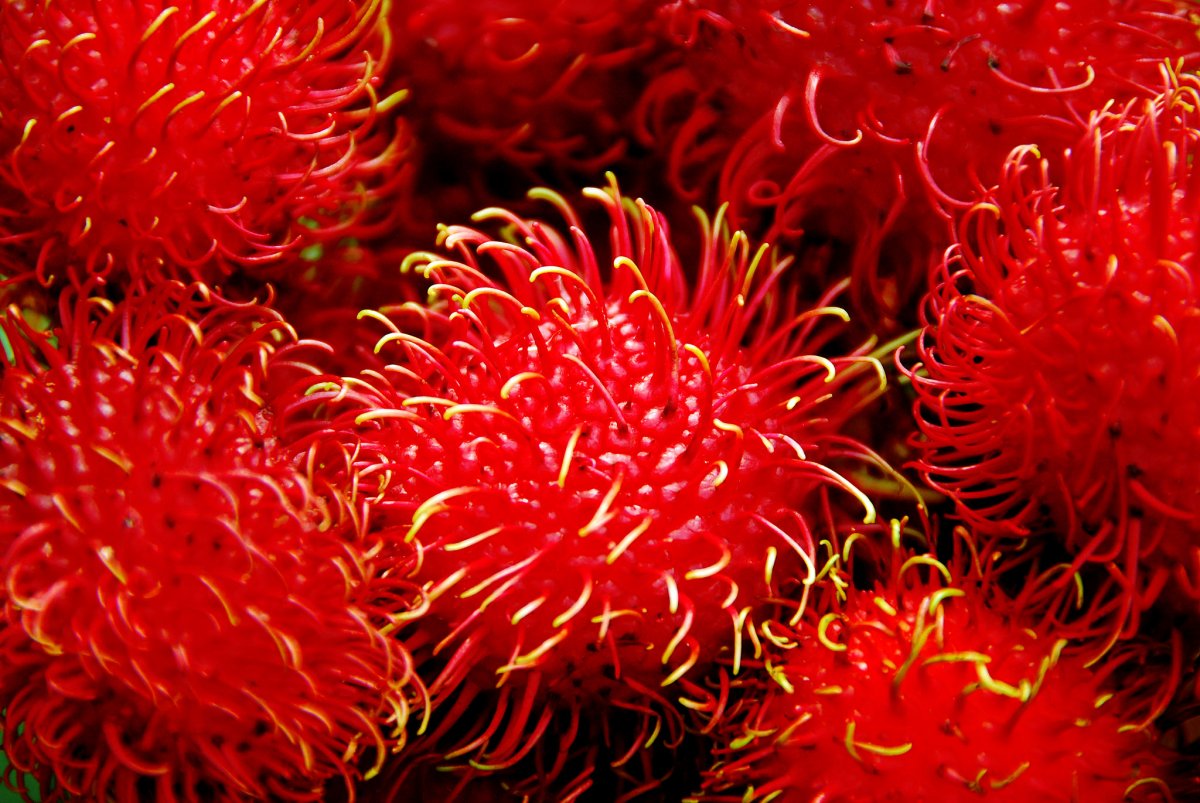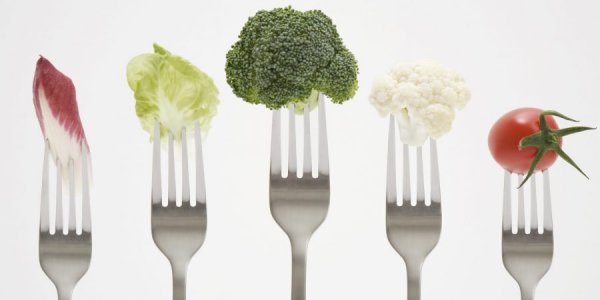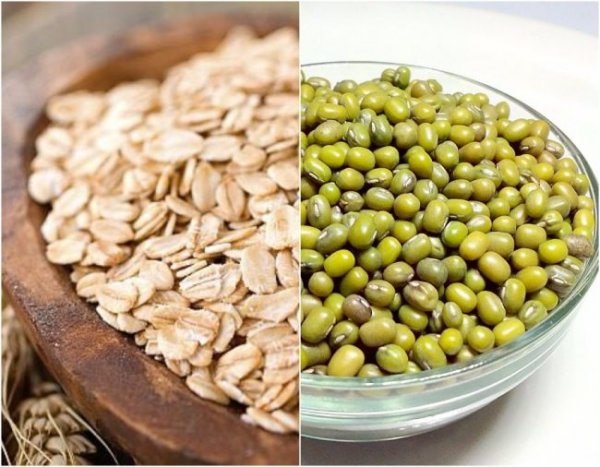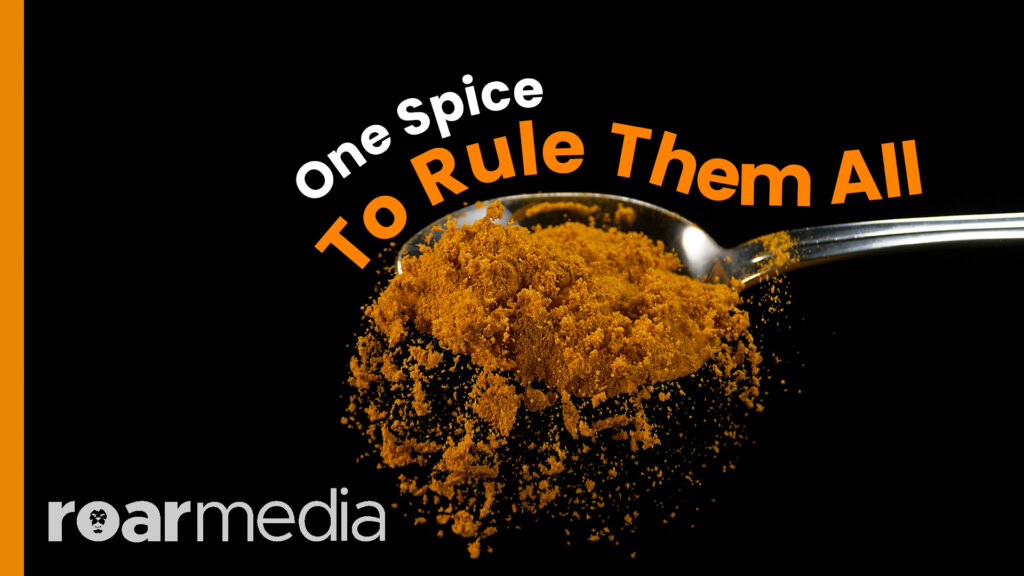
It’s that season where our favourite tropical addiction is out in full force. A drive down Havelock Road is reason enough to return home with an empty wallet, all in the name of our furry, fiery red friends, the rambutan. From the time we remember, however, our favourite fruit has come under constant parental onslaught. “Here, child, you’ll get a bad throat if you keep eating that stuff” are words we’ve probably all grown up with and come to detest.
Yet, is our best friend the rambutan all that evil? We take our research at Roar very seriously and in the process of our rambutan emancipation campaign, we found that we’re not the only ones obsessed with the fruit. A whole bunch of enthusiastic researchers have been conducting various studies on our hairy friends – as it turns out, we may even be sitting on a health goldmine. Practically every part of the rambutan tree and fruit can be used for various health fixes. Here’s a bunch of things you probably didn’t know about rambutan:
1. Tumour Therapy
You know those seeds we just throw away by the dozen? Apart from using it to plant a rambutan tree, researchers have found a good use for it: rambutan seeds may “find application in tumour therapy.” After various chemical studies, it turns out that rambutan seeds have a 22.5-kDa trypsin inhibitor (aka. NLTI). What this means is that trypsin, currently being studied as a potential cancer therapy, is a natural enzyme which, if controlled properly, can lead to curing cancer. Trypsin inhibitors like NLTI are needed to control the amount of trypsin during a treatment. NLTI is also, incidentally, one of the few trypsin inhibitors with “nitric oxide-inducing activity” – long story short, we may have a lot to owe rambutan.
2. Rich In Antioxidants

More than just a pretty fruit – the rambutan is abundant in health benefits. Image credit: vegetafruit.com
According to research conducted on fruit peel extracts of rambutan, mangosteen, and coconut to “evaluate antioxidant activity and cytotoxicity against human cell lines,” the rambutan’s peel crude extract has the highest antioxidant activity. So what’s the big deal? Well, antioxidants help prevent or slow cell damage. That’s what fights those free radicals from eating up all your electrons, which makes you more vulnerable to heart disease, cancer, and all those wrinkles. So basically, it’s good for your body and skin. Also, the fruit has antioxidants, too, just in case you were wondering if the fruit was of any use apart from delighting us gastronomically.
3. Good For Diabetes
Turns out, the fruit’s rind is effective in inhibiting certain enzymes that prevent regeneration of pancreatic beta cells at a much higher level than the drug acarbose. It’s also a potential source of anti-hyperglycemic agents.
4. Helps Digestion
The rambutan also has a considerable amount of polysaccharides which have prebiotic properties. That’s the stuff that can handle acidic and enzymatic digestion in the small intestines and go on to be utilised by probiotics and gut bacteria in the large intestines. This helps boost immunity and mineral absorption, helps prevent colon cancer and other gastrointestinal diseases and lowers cholesterol. It basically makes sure your tummy is happy and your health tip-top.
5. Various Pharmacological Activities
Apart from being an antioxidant and cytotoxic, rambutan is also antiviral, antibacterial, and antifungal.
6. Vitamin C
Which it has a lot of.
7. Traditional Medicine Uses

Oranges aren’t the only fruit rich in Vitamin C. Image credit: http://khao-lak-magazine.com/
The ancients liked their rambutan, too. Traditionally, the roots are used for their medicinal properties in the treatment of fever. Likewise, the bark of the tree is used for treating diseases of the tongue, while the leaves are used as poultices for the treatment of headaches. Although the skin contains a toxic saponin, in Java it is dried and used as a medicine, while the young leaves and fruit skins are used in Malaysia as dyes.
We could go on and on, to be honest. The internet is full of claims about the magical properties of rambutan, but we’re going to restrict ourselves to academic data and books about the stuff to help you better understand this addictive, yet sometimes maligned fruit. There may even be no valid scientific base for the ancient “bad for your throat” claim, so due to a lack of available data on the subject, just show the parental forces this article.







